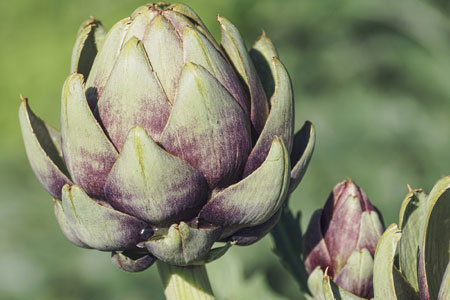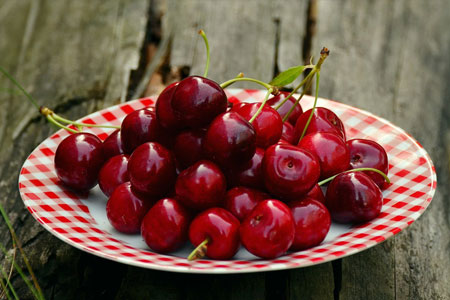
The Ultimate Guide to Make Your WordPress Journal.
In her new article, journalist Lizzie Rivera looks into the issue of greenwashing in organic and synthetic textiles. With input from Christopher Stopes (Global Organic Textile Standard, GOTS), Lucy Todd (My Little Green Wardrobe) and William Lana (Greenfibres), Lizzie explores the ways consumers can navigate through potentially misleading claims from brands.
I’m going to write this article in reverse, starting with the conclusion, because I want to make my position very clear from the outset:
Greenwashing in textiles is rife. And organic textiles aren’t immune from this.
It’s intimidating to write that for a predominantly organic-supporting audience. But, what’s scarier still, is not writing that truth; instead becoming part of ‘Sustainability Inc’ and part of the greenwashing problem – despite the best of intentions.
And so, I start this article with its conclusion and now, I’ll go back to the beginning to explain how I reached it.
Spoiler alert: I’ll also backtrack a little, because I believe the (genuine) organic movement is part of the solution. I wouldn’t be writing this if I didn’t.
The problem with greenwashing
The definition of greenwashing, according to the Cambridge English Dictionary, is: “Behaviour or activities that make people believe that a company is doing more to protect the environment than it really is.”
This can be seen in the ‘sustainable’ items fashion brands promote, which account for an insignificant 0.5% of their overall production [1]. It’s literally emblazoned on t-shirts in the form of feminist slogans made by disempowered garment workers [2]. And it’s in the ‘animal-friendly’ claims of synthetic materials that are made in ways that are far from friendly to the natural world [3].
“The worst thing for me about greenwashing is the lie. The lie, and the way it treats people, is the worst of humanity,” says William Lana, co-founder of GOTS-certified organic textile company, Greenfibres.
Images below: Greenfibres store; Greenfibres co-founder William Lana talks to HRH The Prince of Whales.

Founder of online store selling sustainable children’s clothing brands, My Little Green Wardrobe Lucy Todd agrees:
“Misleading claims can lead shoppers to unwittingly act in an unsustainable way. They stop that person from making that decision to buy from a better brand, which might actually have a positive impact socially, environmentally and economically.”
Image below: My Little Green Wardrobe products; Founder of My Little Green Wardrobe, Lucy Todd with daughter Evelyn.

Greenwashing in textiles: a problem with synthetics
Due to the size of the clothing market – which is projected to grow in value from £1.1tn in 2020 to £1.65tn by 2025 [4] – and the scale of consumer concerns, it’s unsurprising the Competition Markets Authority is said to be prioritising the fashion industry with its new guidelines and investigations into environmental claims. [5]
In fact, Changing Market’s Synthetics Anonymous report, estimates that up 96% of sustainability claims from the worst-offending brands flout the CMA guidelines. [6]
A major elephant in the room is the sheer amount we consume.
Few average consumers are aware that this skyrocketing production and consumption of clothes is enabled by cheap synthetic fibres, mostly polyester, which is found in over half of all textiles produced. If the fashion industry continues with business as usual, by 2030 almost three-quarters of our textiles will be produced from fossil fuels [7].
This is hardly in line with carbon targets. Beyond carbon emissions, this is also inextricably linked with other significant environmental harms including oil spills, methane emissions, water and air pollution, impacts on human health – particularly for communities near extraction sites – wildlife disruption and biodiversity loss [8].
These issues are often omitted from brand sustainability communications, which is a form of greenwashing, now in breach of CMA guidelines.
The huge issue of microfibres is also largely ignored. A recent study discovered that 73% of microfibre pollution in formerly pristine Arctic waters is from synthetic fibres that could be coming from textiles [9] – and yet synthetics, and especially recycled synthetics, perform highly in some sustainability standards.
In her new article, journalist Lizzie Rivera looks into the issue of greenwashing in organic and synthetic textiles. With input …
In her new article, journalist Lizzie Rivera looks into the issue of greenwashing in organic and synthetic textiles. With input …
In her new article, journalist Lizzie Rivera looks into the issue of greenwashing in organic and synthetic textiles. With input …
In her new article, journalist Lizzie Rivera looks into the issue of greenwashing in organic and synthetic textiles. With input …


